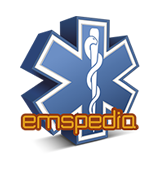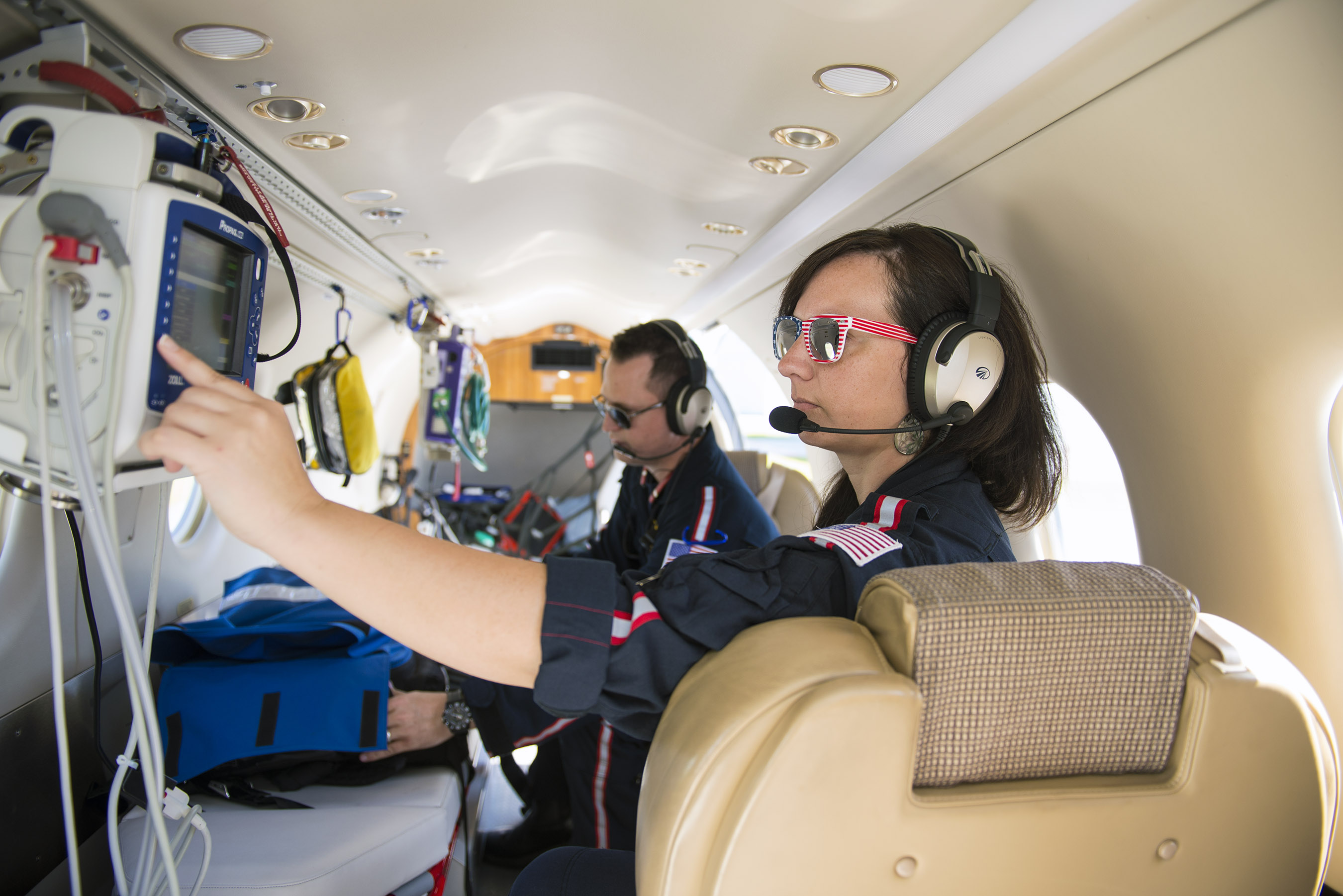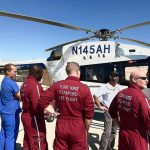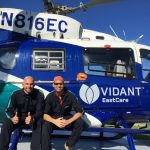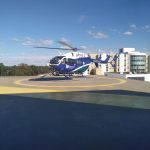Emergency Care on board of aircrafts or HEMS is an extremely fascinating topic to discuss about. We are well aware that flight nurses are the designated professionals called to treat critical patients during transportations from pre-hospital scenario to a medical facility. They collect all their knowledge and experience and do their best to save lives.
Regarding the role of flight nurses in US, we spoke with Dr. Michele Masotto, an Italian nurse specialized in emergency care, with a 9-year experience in ICU and ER department in Italy and abroad. He experienced flight nursing thanks to the Fly-Along Program, which is a training that allows many professionals to be part of a usual flight nurse life, becoming more knowledgeable about flight nursing in US. A special thanks to the Stanford Life Flight, Vidant Eastcare and Maryland State Police. He is now going to tell us about his experience in Flight Nursing in United States.
- Let’s start from scratch, Michele: who is a flight nurse?
“A flight nurse is a nursing professional who is framed to provide medical care to patients during transport flights. Of course this includes life flights and rescue flights both in helicopters and fixed wings planes. Many patients transported by aircrafts, especially those carried from pre-hospital scene to a medical facility, are dire. Flight nurses and other medical staff on board must be trained not only to perform medical care, but they must become well aware of the basic aspects of navigation and flight. Because if necessary they must know how to communicate and to report casualties details by radio.”
- What does a flight nurse do in a real case of intervention?
“Flight nurses have an amount of duties and responsibilities, which include also to assist the pilot in navigation and others, such as communicating by radio, as mentioned before. A flight nurse first responsibility lies with air patient. In case of transportation of a patient from one medical facility to another, for example, flight nurse must collect any necessary paperwork, such as medical charts or physician instructions. This paperwork must be kept in a safe place and delivered to the facility of arrival. If a patient has been transported from a trauma site, flight nurse must be required to provide an assist with a massive medical care. This can range from first aid treatment to resuscitation. They can work in an online or in an offline medical control. In many states flight nurse work in an offline medical control, so they follow special protocols and they are able to start any advanced life support in the techniques and for all medication.”
- Are there other standards that a flight nurse should follow?
“Yes, sure. Flight nurses are responsible for the well-being of their patients. There is no other medical staff, so they must be able to start intravenous lines, administer medicines, perform emergency first aid, perform a BLS or ALS and resuscitation procedures, like intubation. This last phase is the most frightening for the patient, so the duty of the flight nurse is also to communicate with the patient and reassure him/her, in order to keep the patient as calmest as possible.”
- The aspect of intubation and resuscitation procedures is very interisting. The flight nurses can directly decide whether provide intubation or not. They can apply specific protocols and mechanical ventilation without issues, is it correct?
“Yes, of course. Flight nurses are able to manage ventilation like BIPAP, pressure support, IPT view or the CIPAP ventilation without any medical control, but by following the background they have and also the protocols. All the flight nurses follow a large range of protocols, indeed. That’s different in other places around the world. They can also manage the intubation for example, but they can also administer blood units. In the end, they can operate in any kind of emergency situation: inter-facility (transport from pre-hospital to hospital) and on scene like a 911 call (in Italy 118). These are the normal duties and skills of flight nurse”.
- Looking at European standards, especially Italian ones, and American standards there is a big difference in considering nurses’ role. Was it difficult to adapt to American standards?
“Regarding the way to become a flight nurse in US, they start from nursing school, they are enrolled for 4 years and then they cans start to get some master in ICU and ER department. Obviously, it is different in Italy. In US the ICU certificate nurses are much more prepared to face such many and different situations. When nurses have 4 years of practice experience in critical care, they can ask to a flight company to be employed as flight nurses for them. When a new nurse starts with a company, there is a program he or she must follow, which changes according to the state in US you are operating in, but generally the program is valid for 6 months. The new nurse will be partner with another flight nurse specialist on aircraft and they will work together for 6 months. Then they will work on board with another nurse or a paramedic.”
- What is required to become a flight nurse in US from Italy?
“First of all: the language. You must pass an English certification exam. It is hard but I know some people who became register nurse in US, so it is not impossible. The minimum level of English to apply is 6.5 of AIRS certification or 83% of TOEFL certification. If you pass the exam you can apply in a board nursing application, but you must pass NCLEX exam. After you succeed, you can become a register nurse. But to became a real certificated flight nurse, you also need to pass the CFRN exam (Certified Flight Register Nurse). This is essential to and you can also take it while you already are working for a company as flight nurse. It is a certification that can permit you to work officially as flight nurse. There are other certifications which can be taken, like CTRN (Certify Trauma Register Nurse) and other courses like PLS and air management. In the end, for an Italian becoming a flight nurse is possible but it is a long way.”
- Shall you release us other suggestions about this topic, according to your personal experience?
“I think that the flight nurse career in US is the best opportunity ever, for an aspirant nurse. You really are been given a great knowledge of how to treat patients in collaboration with your partners and if you aim to get more responsibilities, flight nurse in US is the right way!”
The Certified Flight Registered Nurse (CFRN) certification measures the attainment of a defined body of nursing knowledge specific to flight nursing. Currently, more than 3,600 nurses hold the CFRN certification. Although there are CFRNs throughout the world, the CFRN exam is based on flight nursing practice in the United States.
You must pass the CFRN exam to attain initial certification. To be eligible to sit for the CFRN exam, you must be a Registered Nurse with a current unrestricted license. A nursing certificate that is equivalent to a registered nurse in the United States is also acceptable. BCEN® recommends 2 years of experience as a flight nurse; however, it is not required.
Throughout BCEN’s website you will find resources to help you study and understand the exam material. Upon successful completion of the certification exam, the CFRN credential is valid for 4 years.
Flight or Transport Certification?
If you are a transport nurse who practices exclusively in the flight environment, you can obtain or maintain the CFRN credential. If you are a transport nurse who practices in critical care ground environments, or if you practice in both ground and air environments, then you should choose whichever exam is most appropriate for your practice population or even become certified in both!
